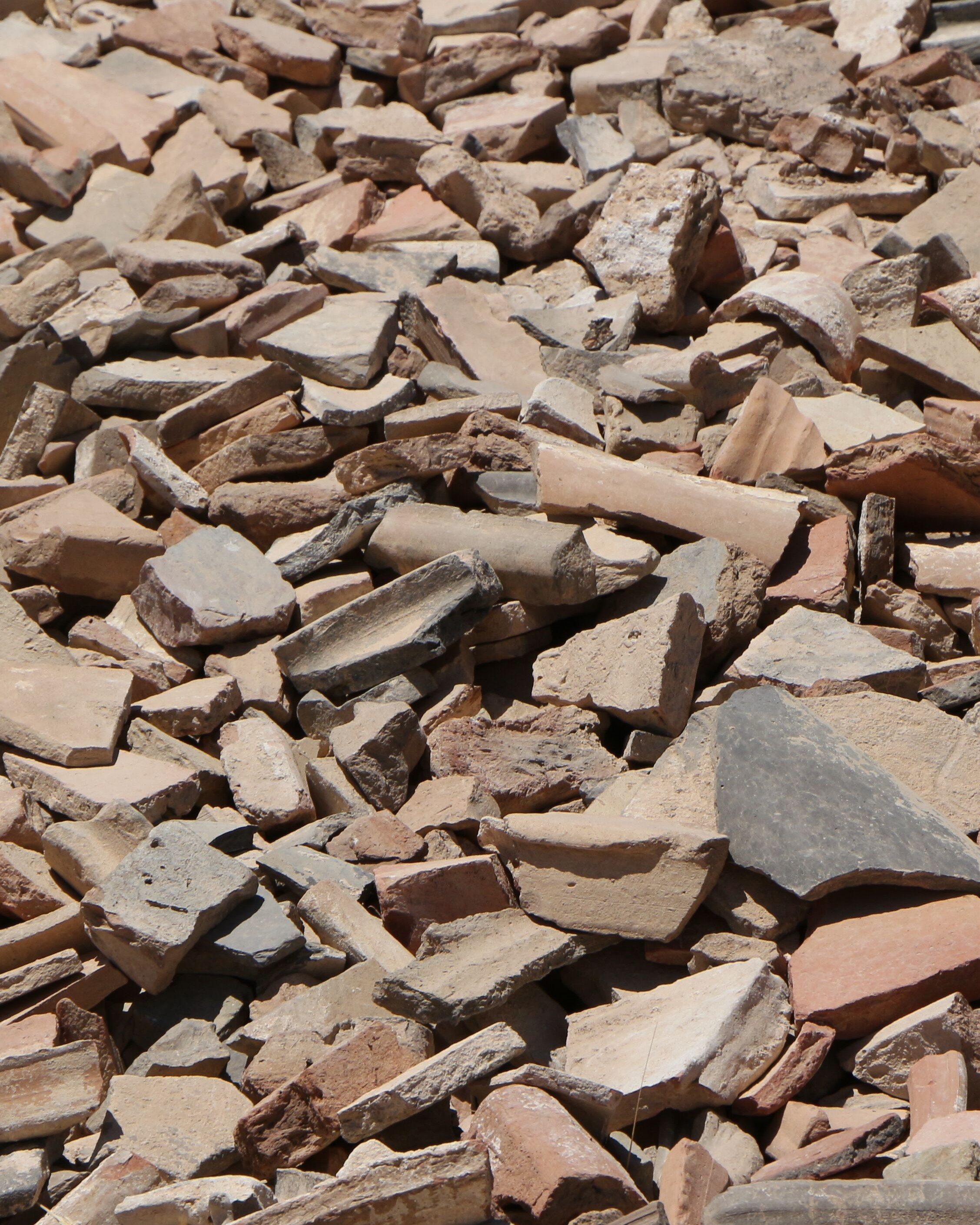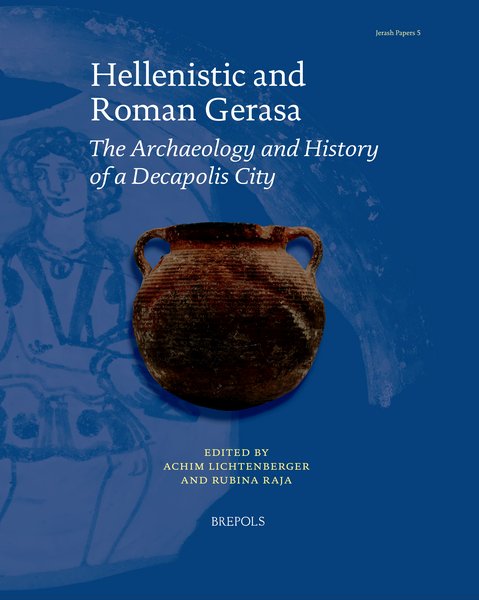Results from the collective research project Ceramics in Context
The research project Ceramics in Context has come to an end. Funded by the Carlsberg Foundation and directed by Professor and Centre Director Rubina Raja, Ceramics in Context has worked with the ceramic finds from the Decapolis city Gerasa, modern-day Jerash in Jordan, since 2015.


Ceramic finds make up the basis for chronological typologies in classical archaeology. The aim of Ceramics in Context was to establish an, until now, non-existing typology for the locally produced ceramics from Gerasa – a thriving urban centre throughout the Hellenistic period until the middle of the eighth century CE. This was done through a full-quantification approach where all finds from an excavation are documented and analysed. The results are pulled together through expert publications on the various material groups as well as publications focusing on the significance of the overall make-up of ceramic assemblages and their developments over time. Due to the complexities involved as well as the extensive resources needed for such an undertaking, a full-quantification approach has never been implemented to a large excavation project and published until now. Through the collective research project, it has been possible to cover ceramic material stemming from a timespan of more than 1,500 years and contextualise the results within a local, regional and global cultural historical framework.
The idea to the Ceramics in Context project originated from the excavation project The Danish-German Jerash Northwest Quarter Project, directed by Rubina Raja together with Professor Achim Lichtenberger from Westfälische Wilhelms-Universität Münster. Since 2011, the Danish-German team has conducted extensive and targeted fieldwork campaigns in the Northwest Quarter of Jerash. The excavations have generated a total of approximately 800,000 ceramic sherds. It is now clear that Gerasa was a local and regional pottery production centre in Antiquity and the Early Islamic period and that local ceramic production took place at the site in Medieval times as well.
Through meticulous and methodologically stringent documentation of all ceramic sherds from the excavations in Jerash, Ceramics in Context has achieved full quantification of the ceramic finds from Jerash. Based on geological and chemical analyses of the pottery finds, it has been possible to shed light on local versus regional production practices as well as models of reuse in a long-term perspective. The results have shown that local pottery was the preferred ware in Gerasa – even in the most prosperous periods of the city’s life, but also that imports came from a wide range of regions in the ancient world, including other parts of the Roman Empire. The project has also underlined that studies of regional distributions in the ancient Roman Near East is still an understudied topic, which only can be further addressed through full-quantification projects and the willingness to share the raw data from such projects. Therefore, Ceramics in Context has focussed on Open Access publications and will, with the publication of a research article currently in print, make all data from the project freely available in an online repository.
Ceramics in Context has significantly changed both the field of ceramic studies and the field of cultural history of the Middle East and Roman Empire. The results have been disseminated widely in the form of numerous publications. In total, the project output includes 6 edited volumes, 2 monographs as well as 50 articles and book chapters.
Hellenistic and Roman Gerasa – newest publication from the project
Stemming directly from the research done within the framework of Ceramics in Context and The Danish-German Jerash Northwest Quarter Project, a new edited volume was published this September. Hellenistic and Roman Gerasa: The Archaeology and History of a Decapolis City, edited by Achim Lichtenberger and Rubina Raja, is part of the series Jerash Papers published by Brepols. The volume deals with Jerash in the Hellenistic and Roman period, and the ceramic finds from this period are in focus.
The contributions in the new publication draw on the finds from excavations by various archaeological projects and evaluates the Late-Hellenistic and Roman-period pottery from Gerasa. Typology, development over time and variations in the Gerasene pottery are explored, and rare examples of imported material are analysed. This shed new light on the inner workings of the city as well as on the networks that extended beyond Gerasa’s walls.
In addition to assessing ceramic remains from the city of Gerasa itself, finds from neighbouring urban centres are also covered by the publication. Thus, the material is contextualised in a broader cultural and historical context, and it improves our understanding of consumption, trading and networks in the wider Decapolis area.
Further links:
